Andrey Salamatov: The event is the largest gathering of world designers. This year the number of participants was 2500+. The exhibitions were held throughout the city, with the main locations being the former industrial areas of the city that are now designers’ workshops and factories, the Design House (www.designhuis.nl, the former building of the Public Prosecutor's Office), and the Design Academy Eindhoven. At the Academy we saw the Graduation Show – the exhibition of the concepts by the Academy graduates. The exhibition had 3 floors and showed 150+ works.
And now the impressions.
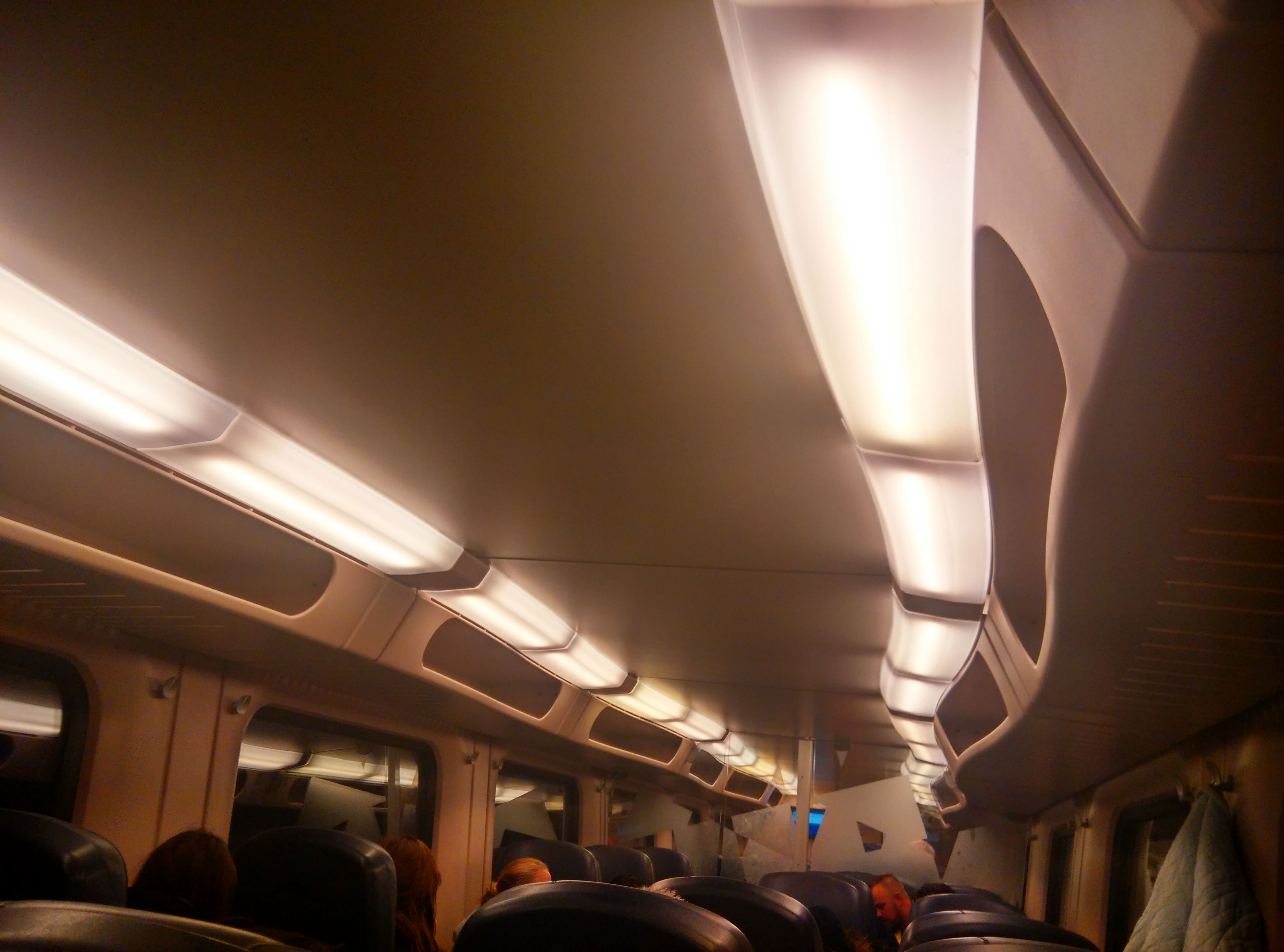
The complete immersion into the design atmosphere started with a train ride from Amsterdam to Eindhoven. Every day, thousands of residents of Eindhoven travel to work to Amsterdam. The trip takes 1.5 hours. The trip was delayed for a few more hours of waiting for the police and paramedics because the train had to stop in the tunnel when a man threw himself in front of it. It's a pretty common thing. So common that we were advised to plan the return trip to the airport taking into account that 9 to 11 am on Saturdays and Sundays is suicide time. There are 3-4 cases a month. Apparently, it was decided to part with all straight lines in the design of luggage racks to reduce stress, avoid depression from the daily routine and lift the people’s spirits.
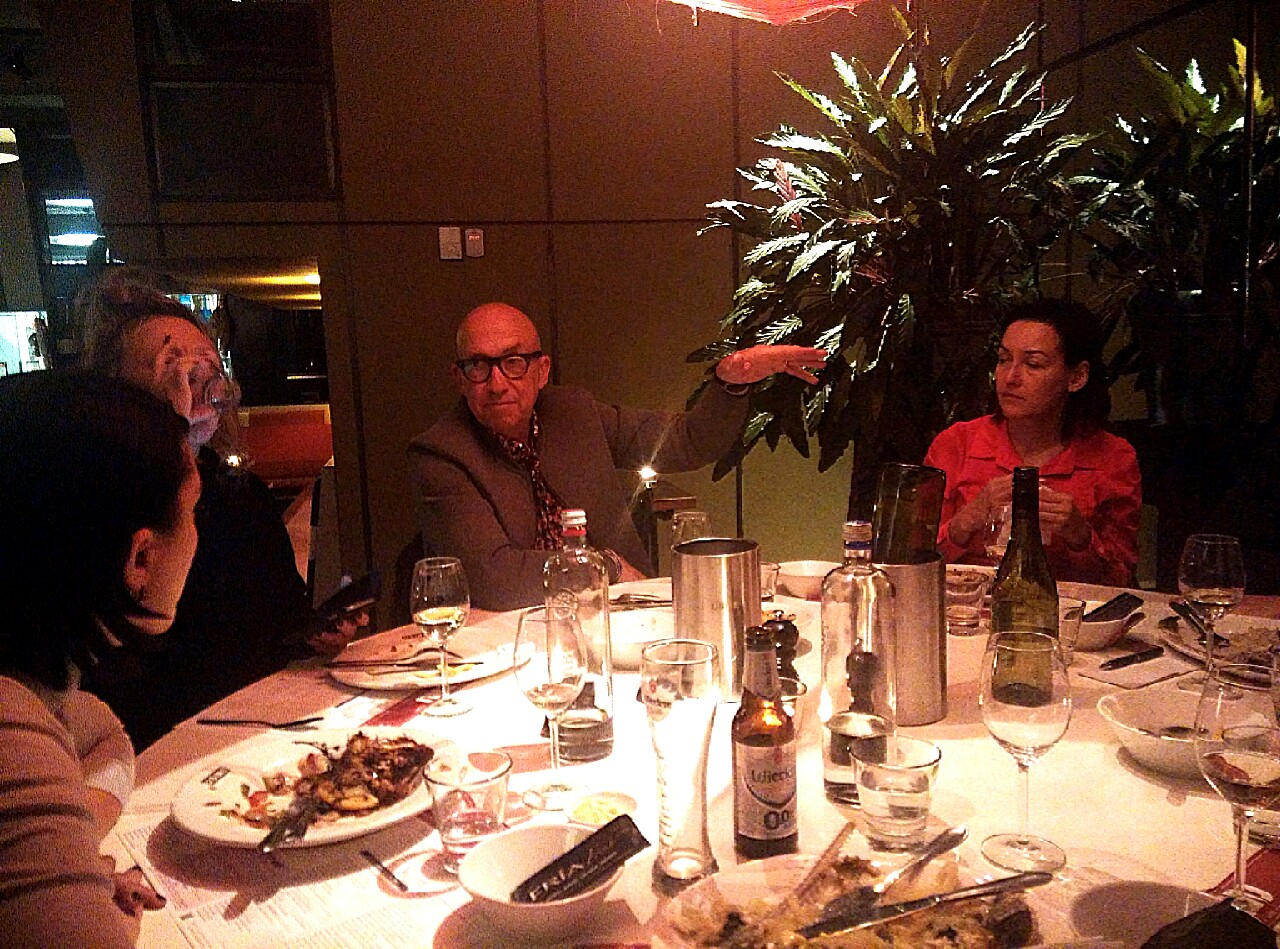
The arrival at Eindhoven started with a dinner in the company of an urban legend, the former chief urbanist, architect Cees Donkers – a man that in 30 years has managed to turn Eindhoven from, and I quote, "the ugliest city of the Netherlands" into the economic center of the country, the brain port, which generates 40% of the budget.

We lived in a design hotel. We were amazed by the room number signs. They were all different. It is very convenient. As a rule, all the doors and room number signs look the same and it is easy to miss your room. With this approach it is absolutely impossible)

Outdoor ashtrays are one of the elements of the urban planning. At first you don’t realize they are there. But when you do, you see that they merge with the exterior of the building. Given that the majority of smokers smoke near offices, shopping centers and other often-visited places, the decision looks elegant.

The official carrier of DDW-2016 was also used as a mobile exhibition. A car had an exhibit mounted on the roof with the information about where to see the complete exposition of its creator. These cars, as opposed to public transport, were free of charge, you just needed to spend some time in the queue, the length of which depended on the popularity of the location and the time of day.
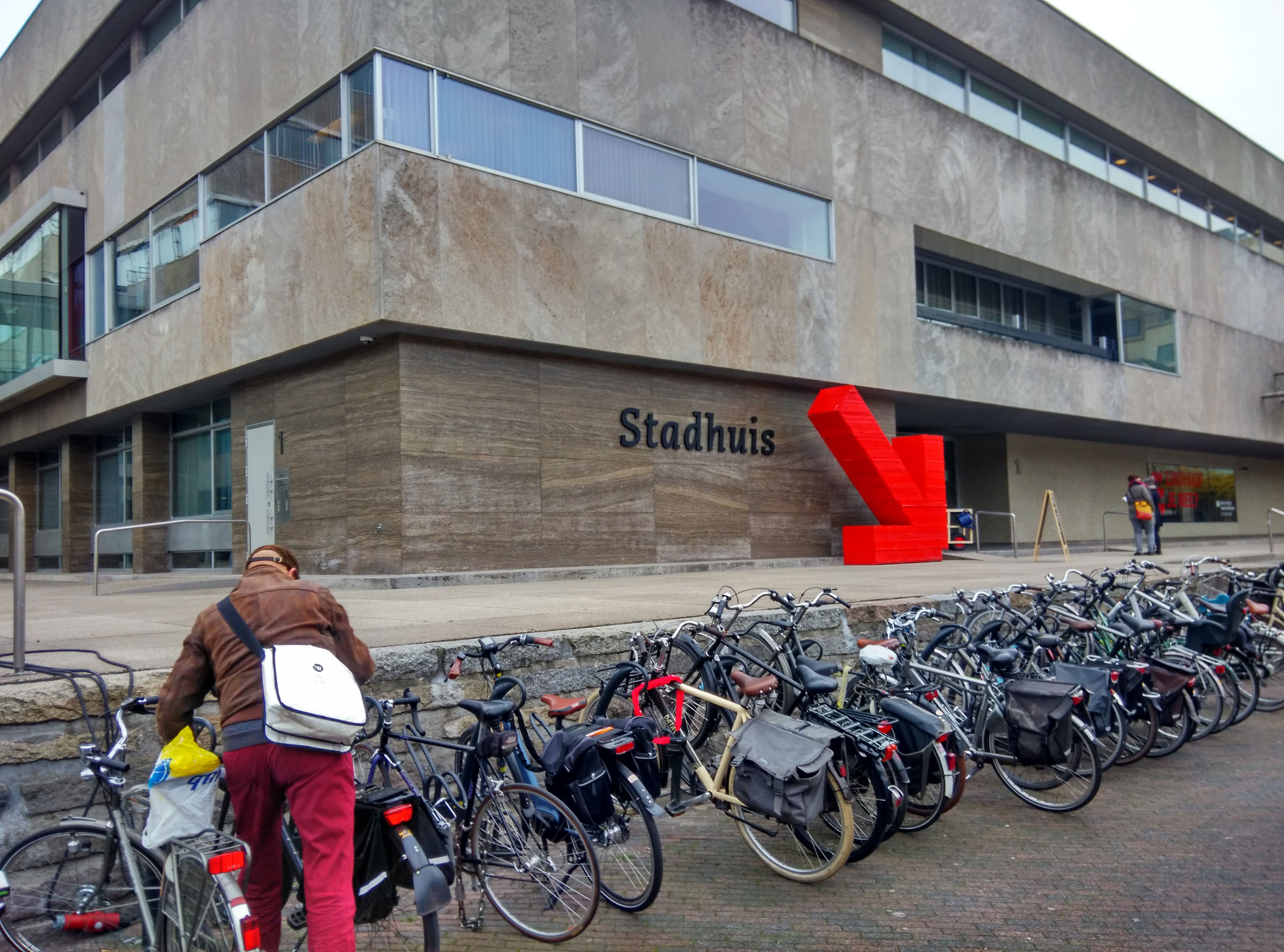
The City Hall also became a location with a free access for the design week. Urban activators (the official term, which is preferred to "activists" as the latter brought discredit on itself as a synonym of claptrap and discontent with everything around) created an exhibition using their own initiatives, both implemented and under development. All of them are to be released as books available for free download. As of today, one book is ready.
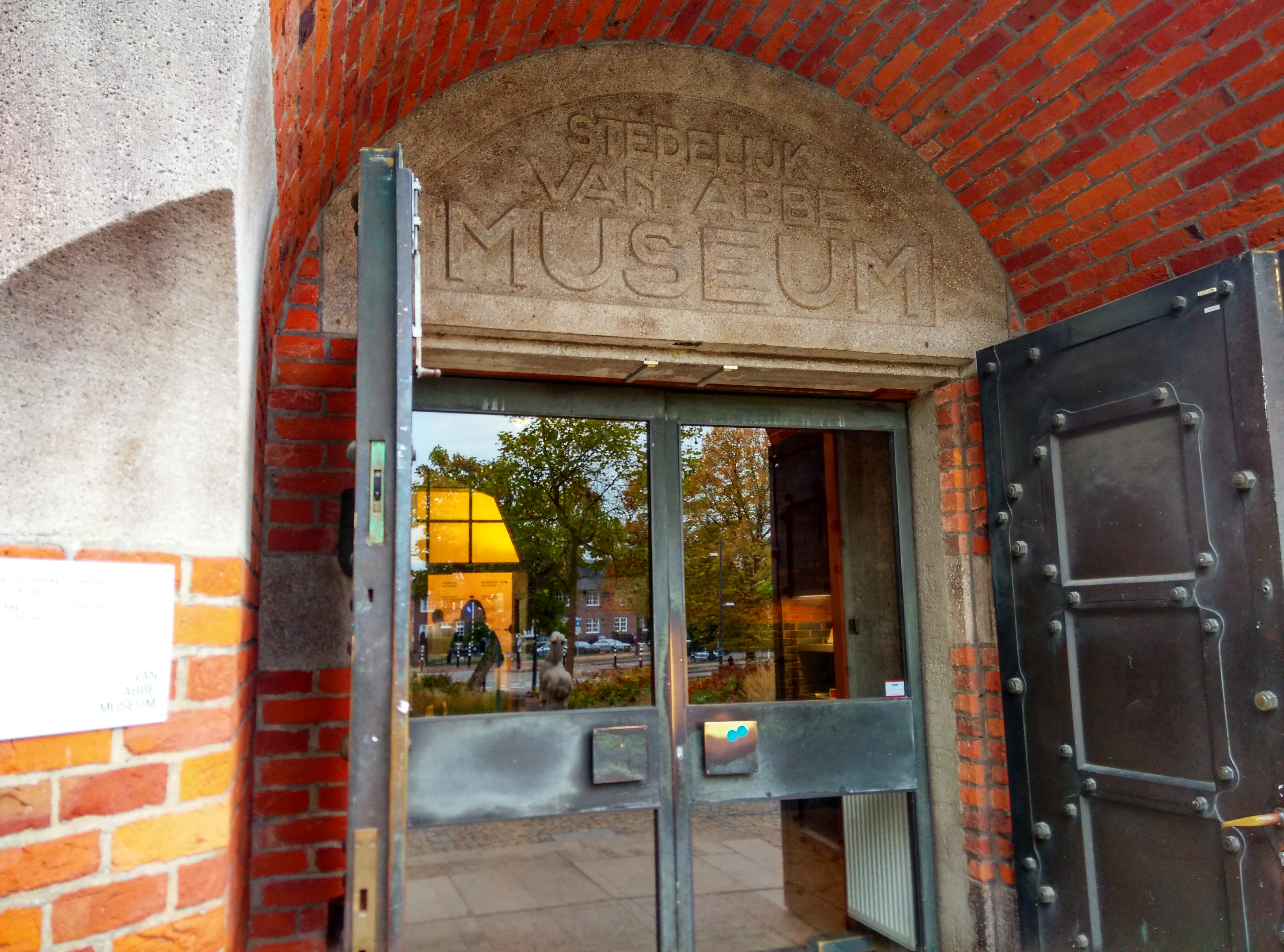

The Van Abbe Museum, one of the first public museums of modern art, had a totally crazy exhibition placed within its walls, dedicated entirely to color and texture.
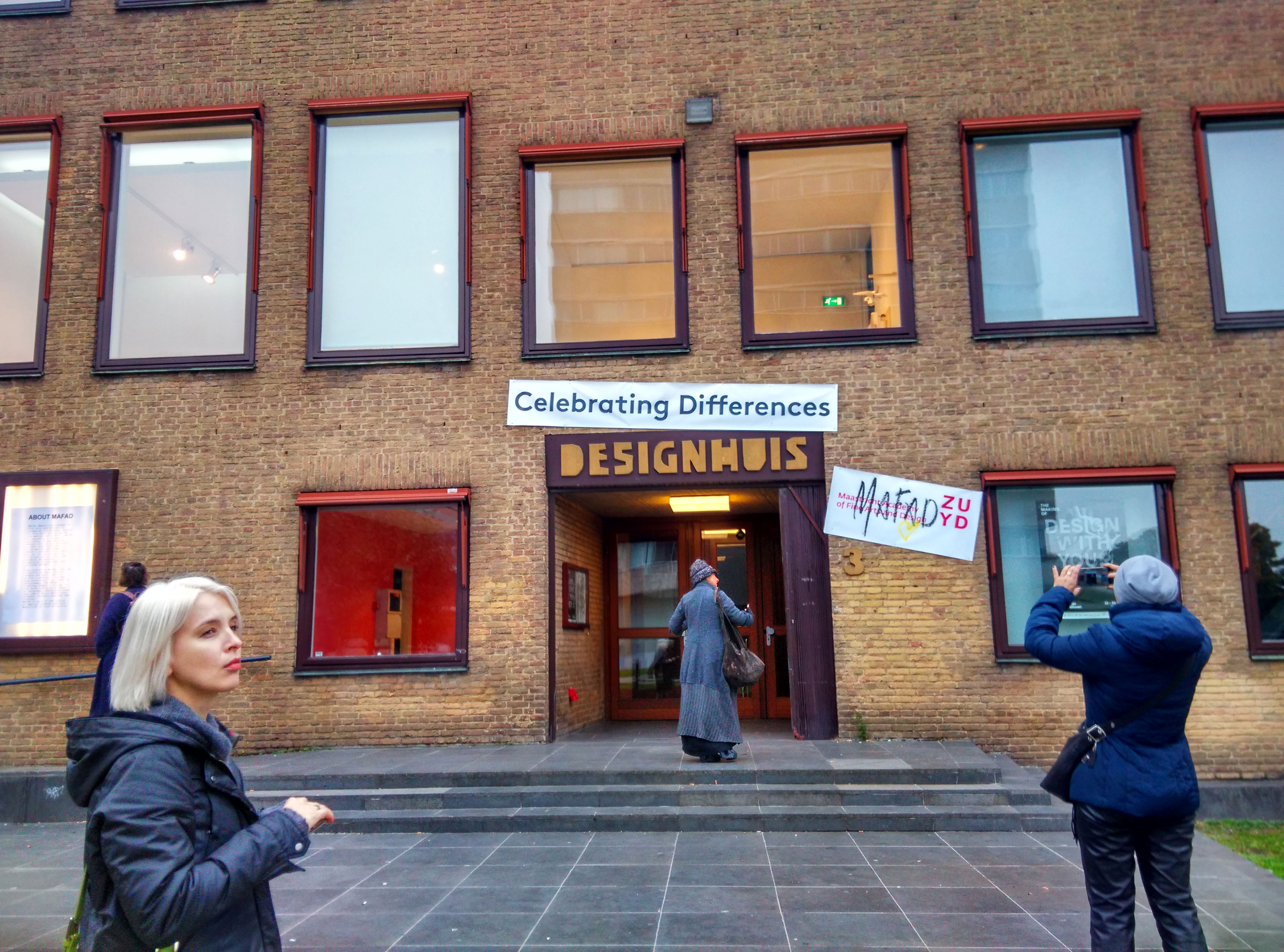
The Design House (Designhuis), located in a former court, was used for exhibiting the final works of the Maastricht Academy of Design graduates. The mind-blowing concept for me was solving the problem of plastic using crayfish shells.
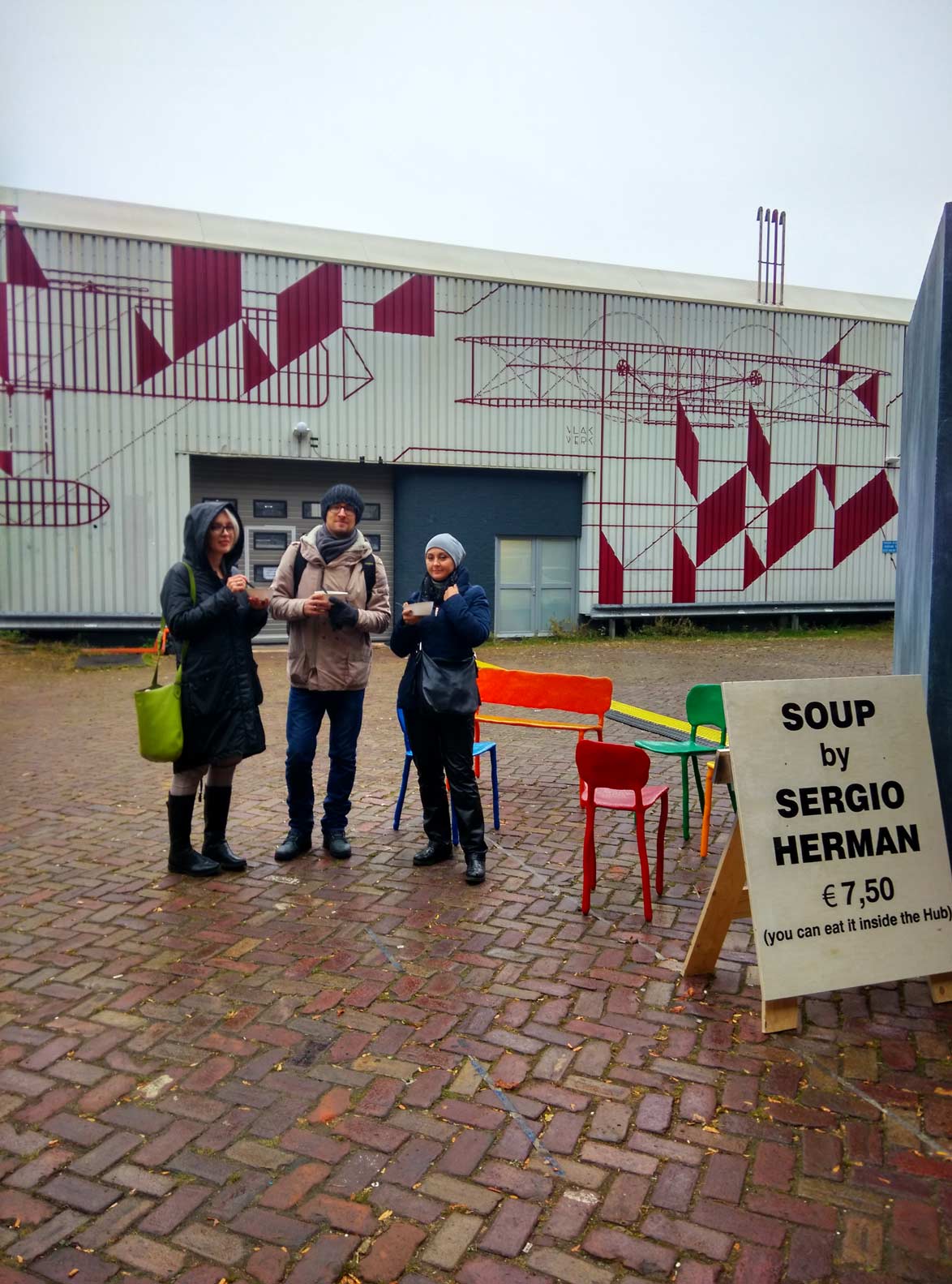
A soup from the owner of 3 Michelin stars Sergio Herman. That’s not him in the trailer)
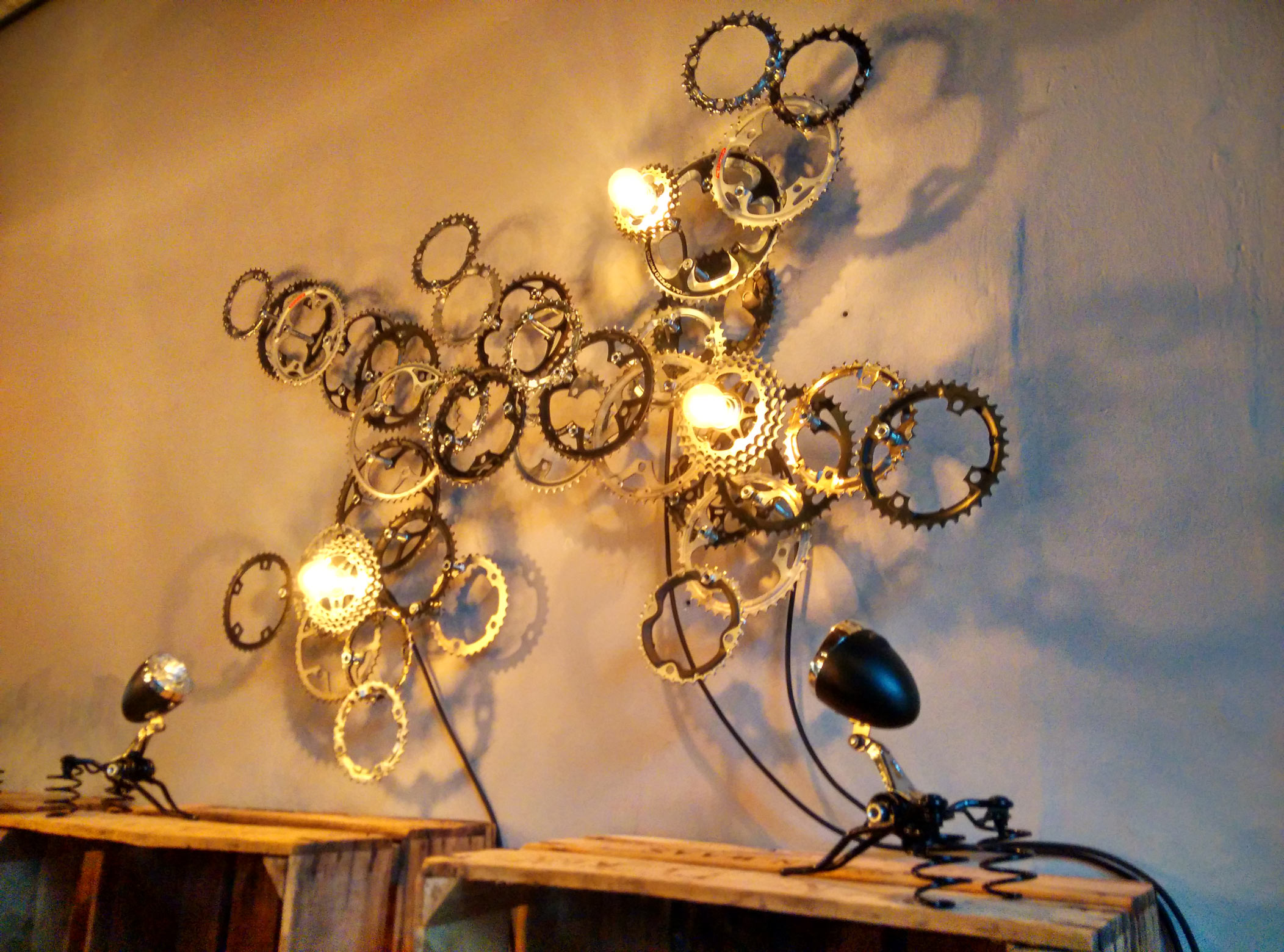
The Velosoof Bar. A paradise for bicycle and cycling fans. Bicycle spare parts are used either as the interior design items or as what these items are made from. The first floor is also a museum of some famous racer.
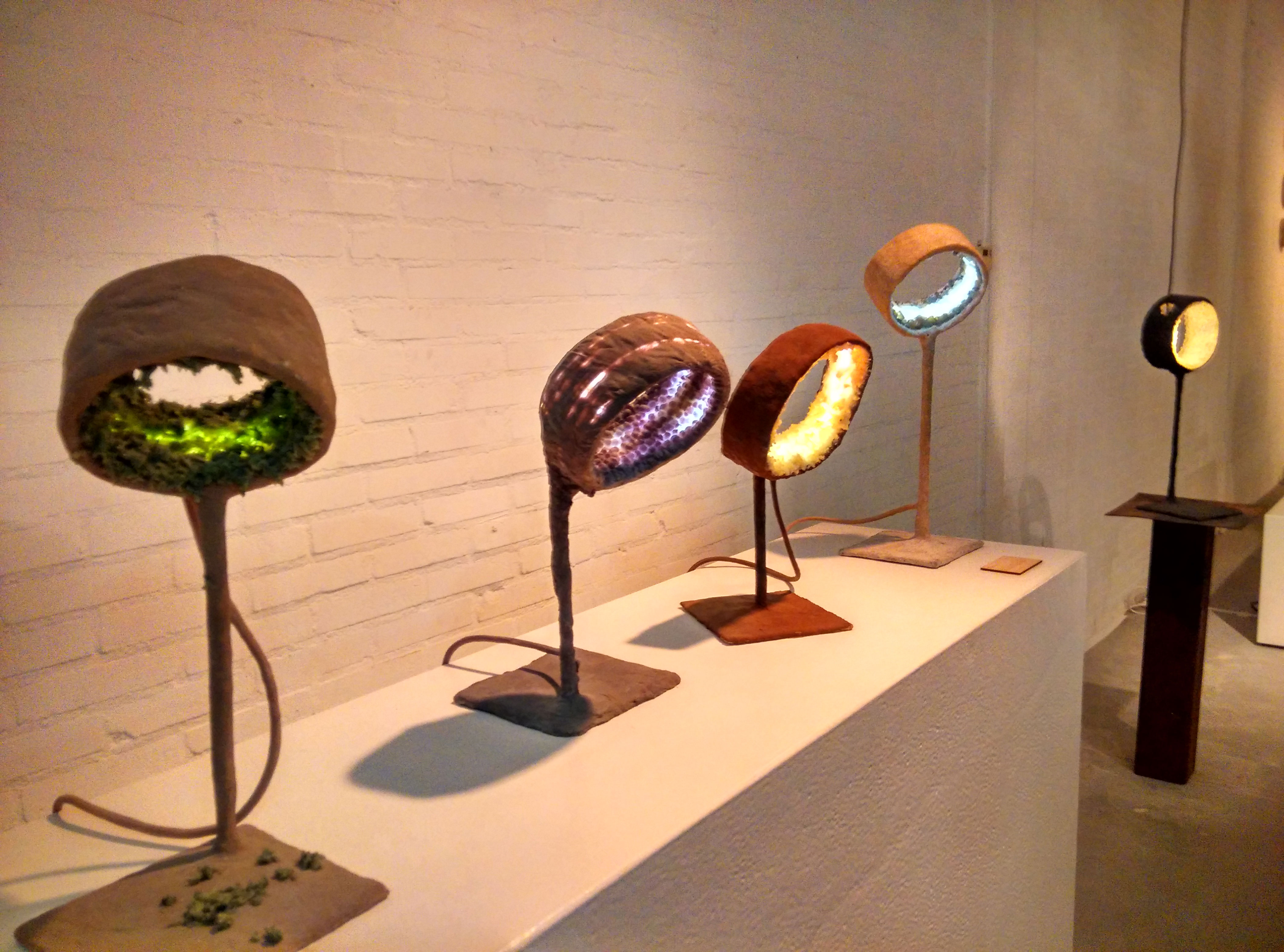
Nacho Carbonell's workshop and exhibition, located in Sectie C (in Dutch it sounds like “Sexy C”). The former bus depot is now a location for workshops. The rent is symbolic – 50 Euro + utilities. There is a story that when he was defending his graduation project at the Design Academy Eindhoven and was about to be flunked, the Rector at that time, Li Edelkoort, entered, looked at the project and said something like “this guy will bring us fame, he should get the highest mark.” The lamp concept impressed me the most.

Exhibition of final works of the Rotterdam Academy of Design graduates.
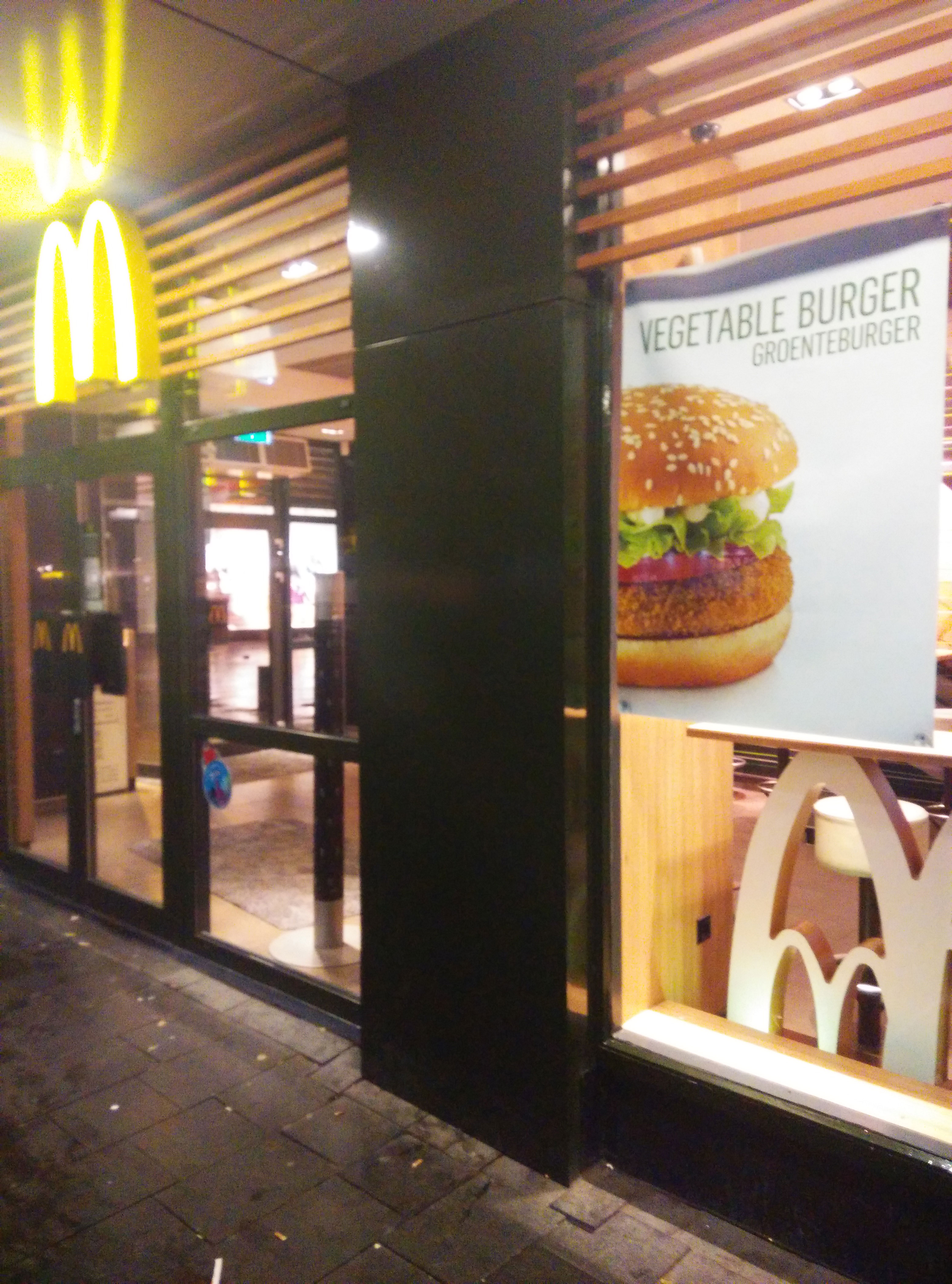
When will we get vegetarian burgers in McDonald's???!!!
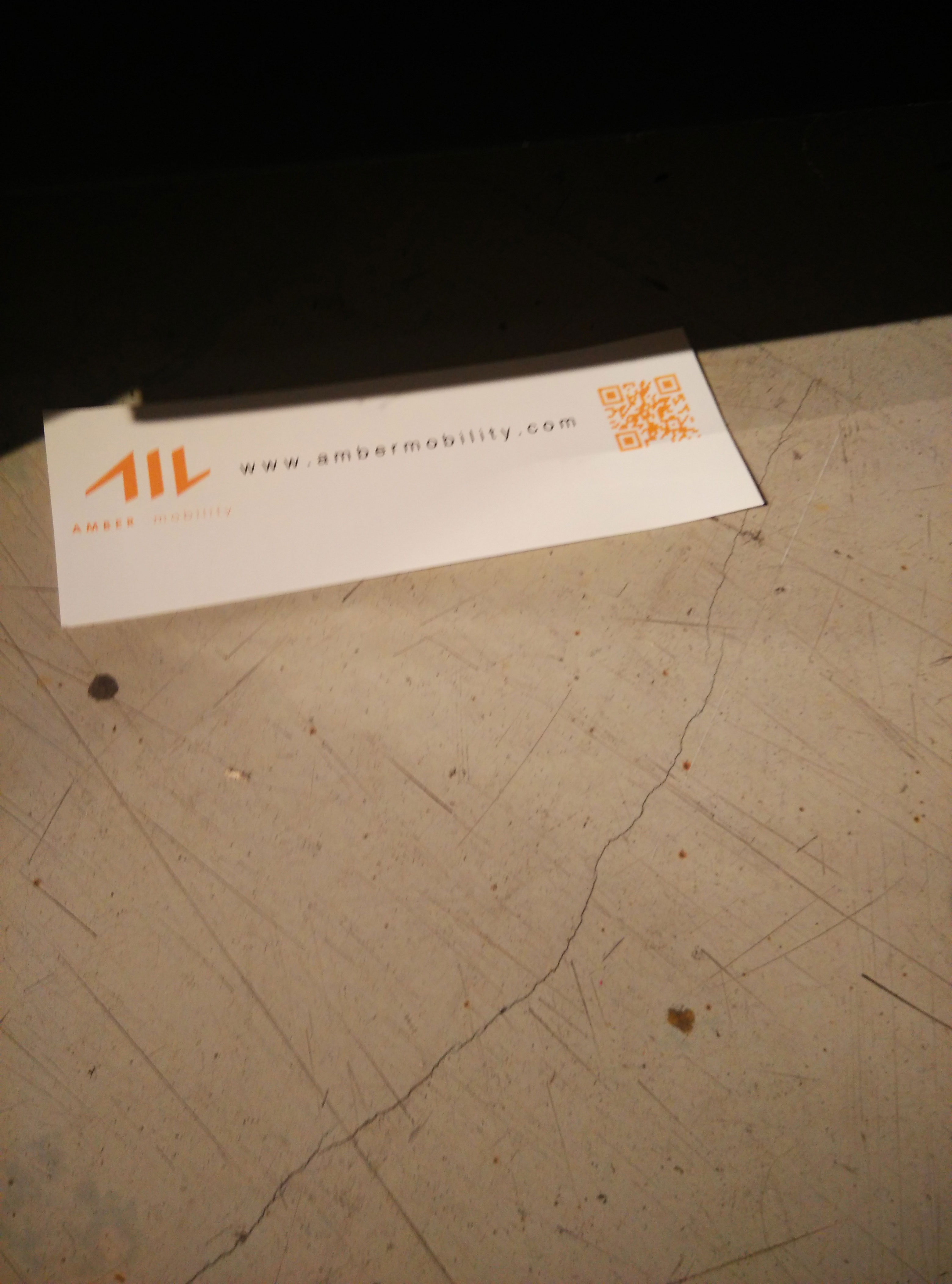
I did not see into the concept, but judging from the video at the stand it is a version of an exchange fleet for bicycles. Something like public vehicles. There are car parks where you can take any car. And leave that car there later.
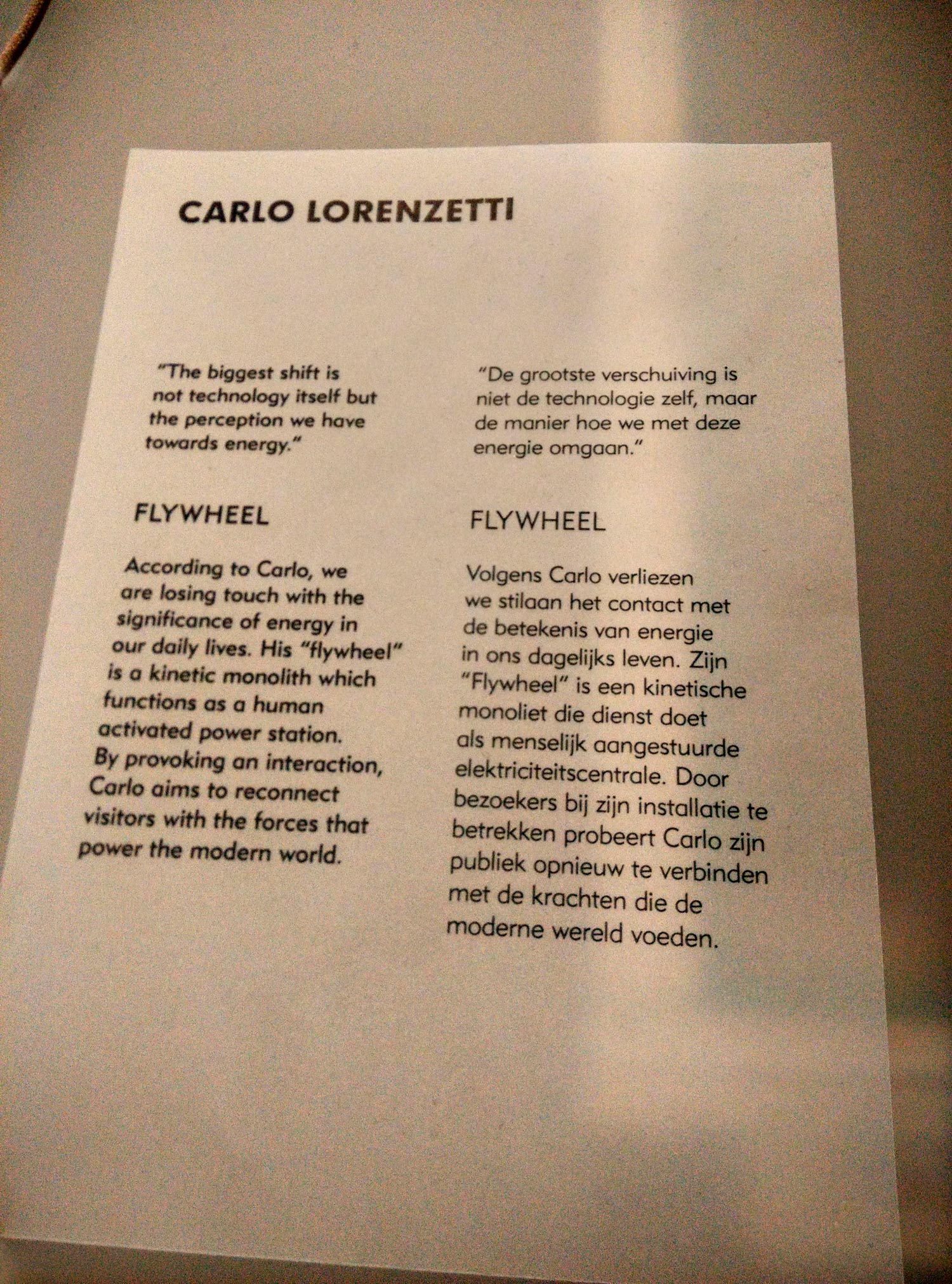
The protest against the loss of connection with the material world. The monolith turns while connected to the phone.
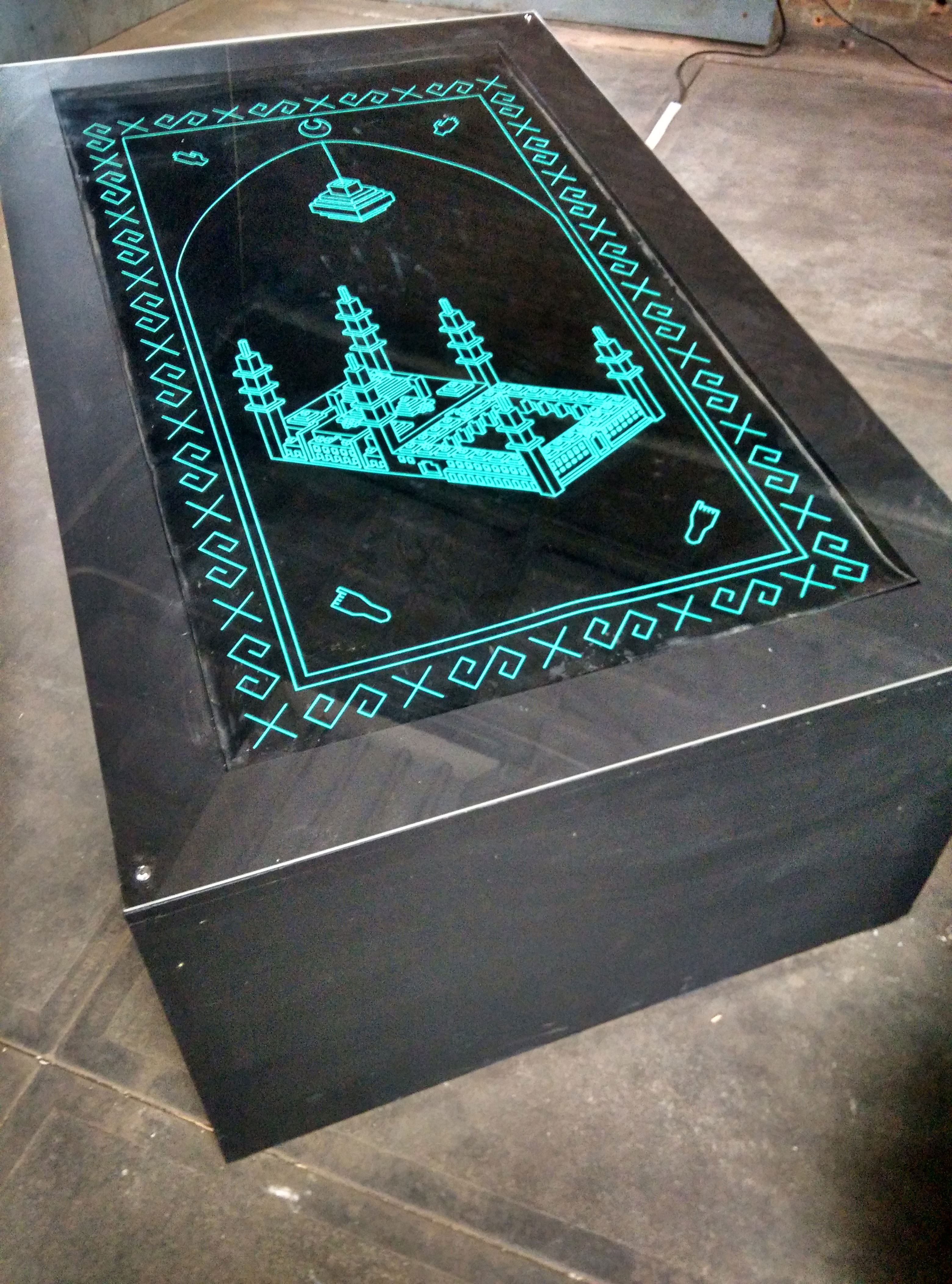
Namazlik (the prayer mat). It will tell you where Mecca is if there is no compass, and you're not sure. It glows when turned in the right direction. Pictographs indicate the places where the praying should put their feet and hands, so they not turn their backs to Mecca.


